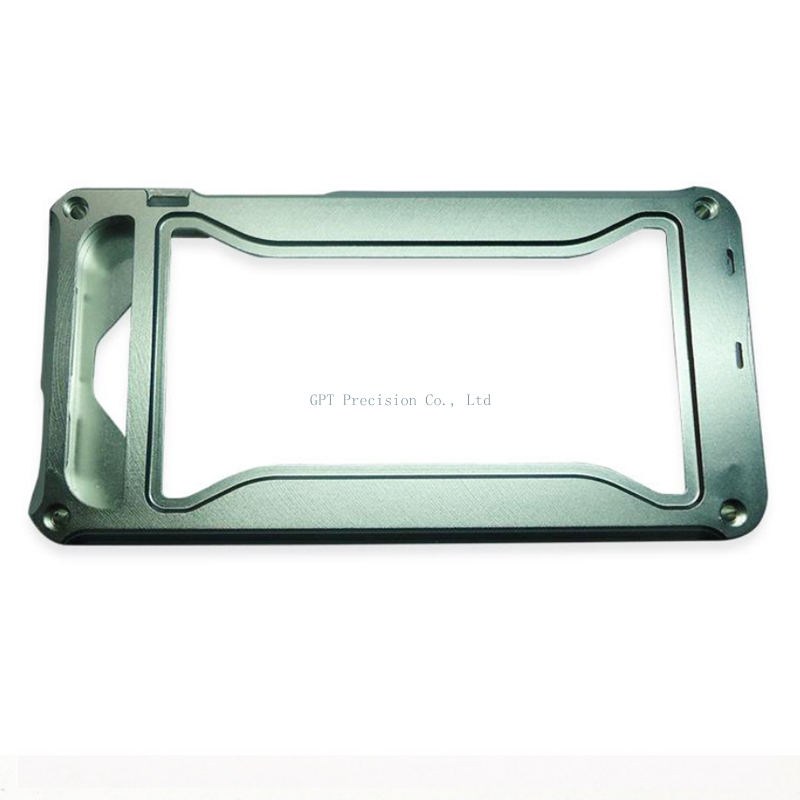Sheet Metal Fabrication
Sheet metal stamping is the process of creating two-dimensional part shapes from pieces of blanked or coiled sheet metal. The process involves placing the blanked or coiled sheet in a stamping press, where a stamping tool (or die) in the shape of the part is pressed into and through the material to create a net-shape part. Think of cutting shapes out of a flattened piece of dough with a cookie cutter, and you’ve got the general idea of how precision metal stamping works.
Custom sheet metal stamping includes operations such as blanking, punching, bending, drawing, embossing, and others. Each process is performed using CAD/CAM designed tools that provide the precision required for complex parts. Sheet metal stamping is a fast and efficient method of producing durable, high-quality parts for industries including hardware, aerospace, medical, electronics, industrial, lighting and more.
Custom Sheet Metal Stamping and Prototyping for Parts of All Sizes
Thanks to comprehensive sheet metal fabrication and stamping capabilities, GPT Manufacturing can produce high precision, highly detailed custom sheet metal stampings and components that meet all customer design specifications.
Utilizing stamping presses with capacities up to 440 tons and precision stamping dies and tooling that we make in-house, we can create parts as thin as 0.005” while maintaining tolerances that often exceed industry standards. We serve customers across all industries and deliver short- to medium-run metal stampings and sheet metal prototyping for parts and components of all sizes and shapes.
Sheet Metal Fabrication services & Precision Metal Stamping Capabilities
Our full-service custom sheet metal stamping and fabrication shop offers the full spectrum of metal stamping options such as:
Blanking: A fabrication process where a punch and die are used to cut pieces, referred to as blanks, from sheet metal for further processing. It produces minimal burrs, which helps reduce finishing costs and lead time.
Piercing: Uses similar machinery as blanking and involves using a punch and die to create holes, slots, and notches in sheet metal. It creates tight tolerances, produces a cleaner cut than drilling, and is more productive than laser cutting.
Forming: Includes different processes where force is applied to sheet metal to modify its geometry and create thin, flat pieces that can then be formed into more complex shapes.
Drawing: A process where tensile force is used to stretch, or draw, sheet metal blanks over a die until the desired thickness and shape is achieved. This precision metal stamping process is used to create fluid handling, aircraft parts, electronic components, and more.
Sheet metal fabrication finishes is used to add a layer to the part while surface finishes remove a layer. Both are meant to improve appearance and functionality. Choosing a metal finish processes services to your sheet metal fabricated products and parts usually takes two key factors into account: function and aesthetic. Functional coatings are typically chosen to protect the sheet metal from corrosive elements in the environment or physical damage. like: Powder coating,Ecoating,Zinc plating,Dacromet,Anodizing,Passivation,Galvanized dipped etc.
We have small punch presses for small precision metal stampings, along with large punch presses for more complex custom metal stamping projects. Our metal stamping professionals are trained extensively in the metal stamping industry.










